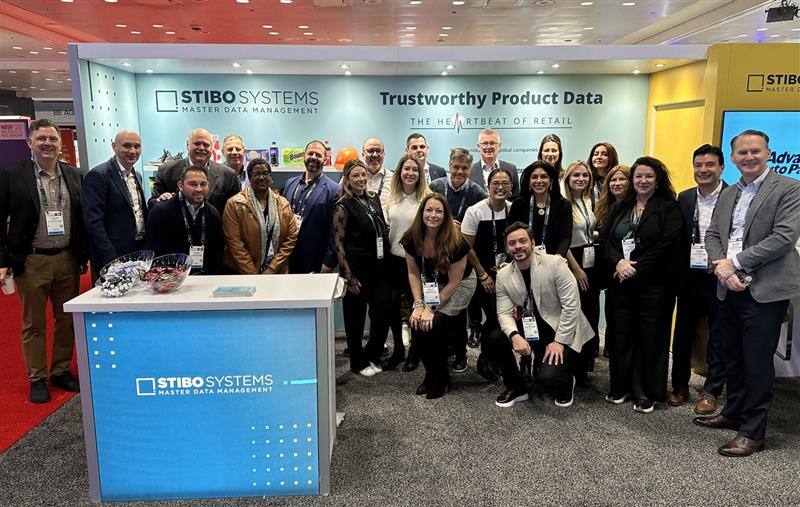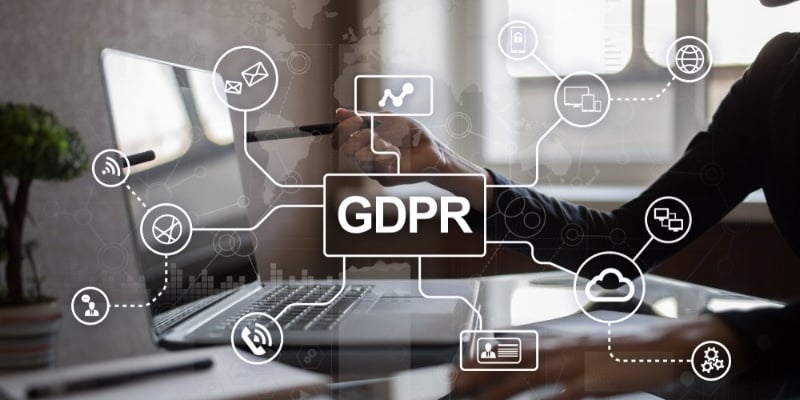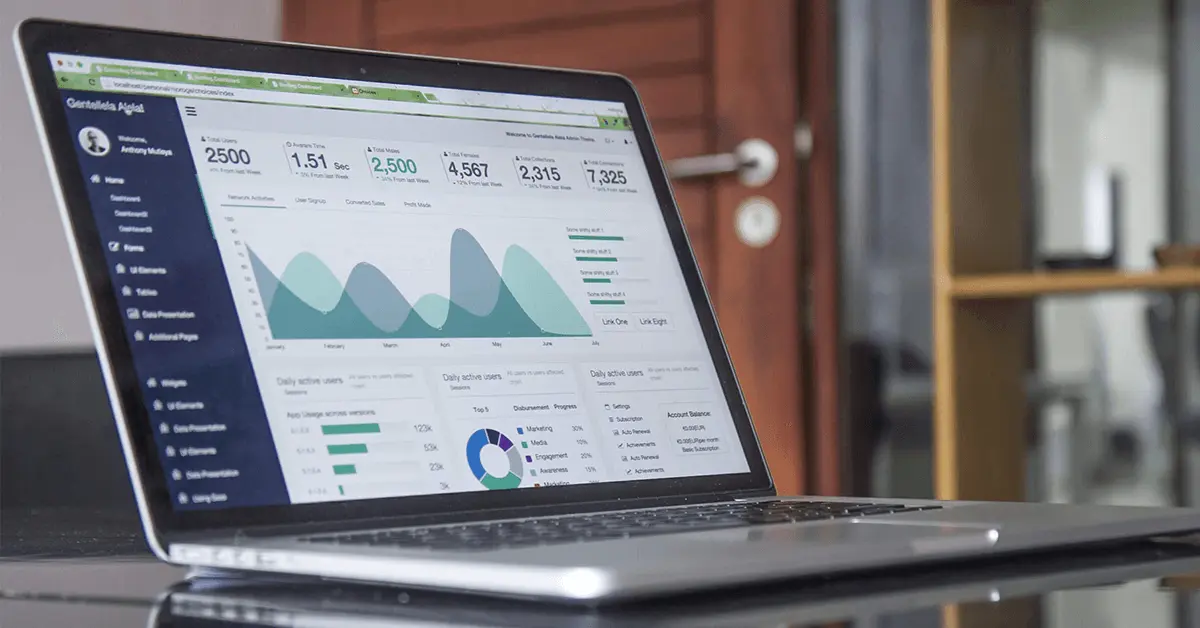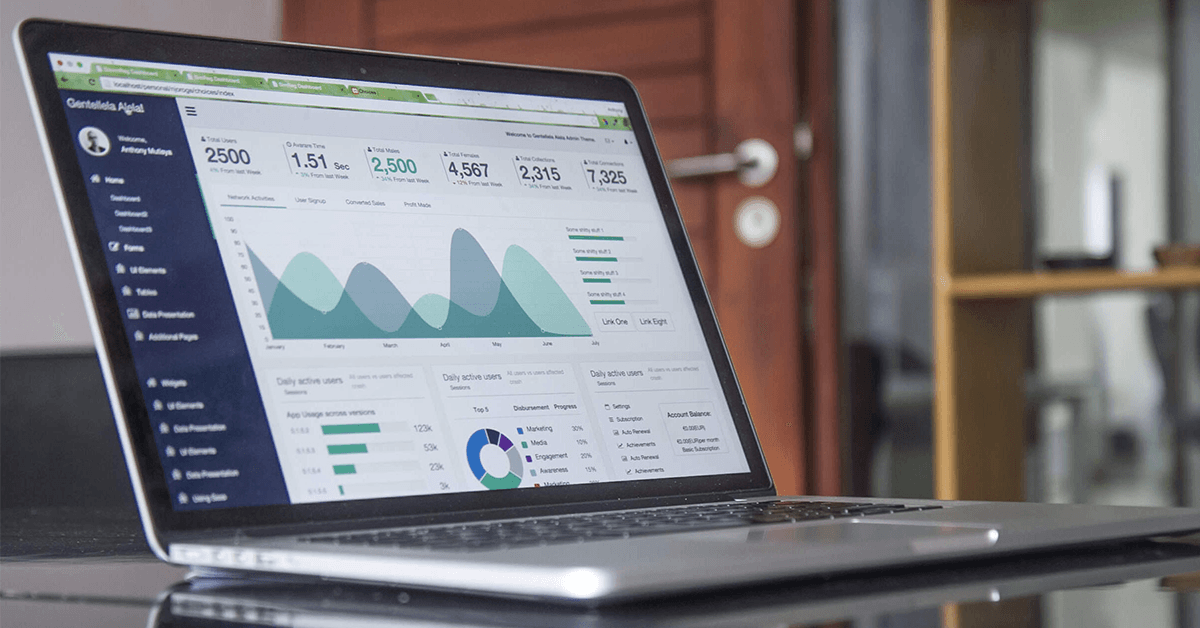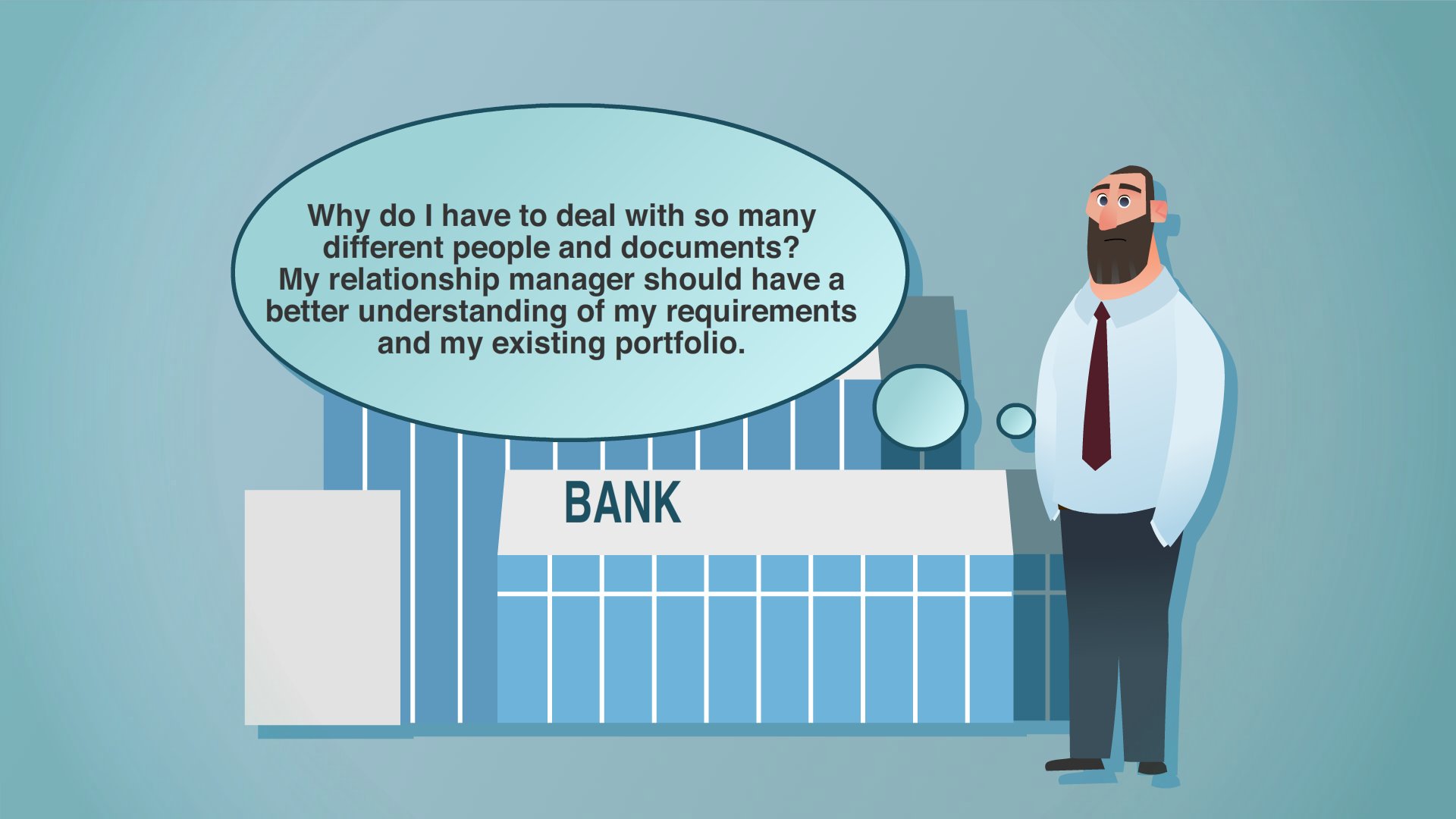As consumers become increasingly discerning about where they shop and the products they buy, the need for complete transparency — from manufacturing processes to the environmental footprint — has skyrocketed.
Instead of being a nice-to-have or a trendy differentiator, digital product passports (DPPs) have become a business mandate. Why?
Because consumers are demanding that global brands, manufacturers and retailers provide trustworthy product data across their entire lifecycle, including:
- The raw materials
- Manufacturing practices
- Resale/second use
- Repair
- Recycling
- Packaging
- And more
The shift toward DPPs is reshaping how organizations manage product data and customer relationships, maintain supply chain transparency and meet compliance expectations across regulated markets.
Simply put, digital product passports are no longer a future consideration — they're the way forward.
What is a digital product passport?
A digital product passport is a structured digital record that follows a product throughout its lifecycle and includes complete data about the product, like:
- Materials and components
- Manufacturing processes
- Supply chain partners and locations
- Environmental footprint and circularity potential
- Repairability, recyclability and disposal guidelines
DPPs typically include all relevant data and look like this:

So, why do DPPs matter? Because they allow for real-time visibility into a product’s history, current state and future use potential. This visibility gives consumers, regulators and supply chain partners the power to make better, more sustainable decisions.
We've already begun shifting from linear supply chains to circular economies, and DPPs are the new standard for the transparency, traceability and sustainability circular economies require.

Brand-driven vs. regulatory DPPs: Two paths, one destination
When consumers think about sustainability, they often consider a product's carbon footprint, whether it can be recycled and if the manufacturing processes are questionable. Shoppers want to support sustainable, ethical brands.
But when regulators evaluate sustainability, it's often through the lens of whether a company, supplier or manufacturer meets industry regulations.
And that's why there are two types of digital product passports:
- Regulatory DPPs
- Brand-driven DPPs
Let's take a look at how they compare.
1. Regulatory DPPs
Regulatory DPPs have been driven by government legislation, like the European Union's (EU) Ecodesign for Sustainable Products Regulation (ESPR). And they've quickly become a mandatory requirement for doing business in the EU across sectors, like:
- EV and industrial batteries
- Textiles and fashion
- Consumer electronics and packaging
Other regions are following suit. The United Kingdom, South Korea and Japan are all developing parallel frameworks, signaling a global shift toward trustworthy product data.
2. Brand-driven DPPs
Brand-driven DPPs are an optional but highly strategic way for companies to differentiate themselves, build trust with customers and get ahead of regulatory compliance. These types of DPPs typically go beyond regulatory requirements and include data on:
- Authenticity and origin
- Brand values and community impact
- Carbon footprint and water usage
- Maintenance schedules and repair instructions
- Digital collectibles or customer loyalty connections
Take Siemens, for example. Its battery passport integrates 100+ data attributes through its SiGREEN platform, allowing customers to track the product's carbon footprint while enhancing sustainable decision-making.
Not surprisingly, fashion brands were early adopters, using digital product passports to share origin stories, materials clarity and ethical sourcing details directly with consumers.
As demand for sustainability information grows and brand-driven initiatives evolve, DPPs are helping businesses prepare for regulatory convergence while creating richer, more transparent customer experiences.
Drive Sustainability Success with Trustworthy Data
As global sustainability regulations tighten, disconnected teams and unreliable data aren’t just operational challenges — they’re compliance risks. Learn how to break down silos, align sustainability and data teams and turn your ESG reporting into a strategic advantage.

The EU digital product passport
Thanks to the EU digital product passport, there's a renewed demand for trustworthy product data, driving companies to create DPPs that:
- Amplify circular economy practices
- Reduce environmental impact
- Support better product traceability
- Provide consumers and businesses with actionable data for reuse, repair and recycling
The impact is substantial — much like the General Data Protection Regulation (GDPR) or EU 1169-2011 directive on food labeling, DPPs are transforming how companies handle product data, requiring new operational approaches across:
- IT and data management
- Supplier relations and onboarding
- Marketing and consumer engagement
- Compliance and risk mitigation

Beyond manufacturing: A data challenge
Consumers want them. Regulators require them. Digital product passports aren't going anywhere, but there are a few challenges you'll have to overcome, including collecting the necessary product data, plus how you'll govern, maintain and share that data for years (or even decades).
Manufacturers carry the initial data burden, but they’re not alone. Distributors must validate, supplement and share product data from suppliers, especially when information is incomplete. CPGs have to unify packaging, formula and sourcing details across brands and markets, and retailers need to deliver clear sustainability claims to consumers while maintaining auditability and traceability.
From the raw materials and sourcing to end-of-life recycling, this data spans multiple domains, including:
- Product data (materials, durability and lifecycle details)
- Supplier data (who, where and how components were sourced)
- Location data (factory emissions, water use and local regulations)
- Packaging data (recyclability, composition and sourcing)
- Asset data (maintenance, repair history and the reuse potential)
This multidomain challenge is where companies will either thrive or become obsolete. Those who come out on top are those that treat product data as a strategic asset, not an afterthought.
Unlock CPG Growth with Digitalization and Sustainability
Today’s consumers expect more from CPG brands — seamless digital experiences and genuine sustainability efforts. Learn how leading brands are turning these expectations into long-term growth.

Managing all that data: A new era of dynamic stewardship
Product data is no longer a static snapshot. It’s a living, evolving record that must reflect a product's full environmental and social footprint, from creation to end-of-life and beyond.
Regulators are raising the bar on trustworthy data. The result? Manufacturers now face increasing demands to track a product’s complete sustainability profile, including:
- Durability and repairability
- Energy efficiency
- Chemical composition
- Recycled content
- Recyclability
But the responsibility doesn’t stop at production. As products are repaired, upgraded or recycled, their data must be updated to reflect each change. And in a circular economy, products rarely stay the same.
Products may pass through multiple owners, undergo refurbishments or incorporate new materials from previous lifecycles. Each of these actions changes the product’s footprint.
Managing this complexity requires systems that can keep pace with a product’s real-world journey. Static records simply won’t support regulatory compliance or customer trust.
The role of third-party ecosystems in building trust and accountability
To help companies manage this evolving landscape, third-party platforms are stepping in. Tools like eco-score ratings, lifecycle assessments (LCAs), and supplier benchmarking databases are quickly becoming the standard for calculating environmental impact.
These tools are no longer limited to backend reports or regulatory filings — they’re becoming part of the product’s digital identity.
Increasingly, these tools integrate with master data management (MDM) platforms, making sure DPP data isn’t isolated, rather embedded into enterprise-wide workflows. This integration allows for continuous updates and supports a unified, trusted product record.
Forward-thinking organizations are integrating this data directly into their MDM systems, allowing digital product passports to reflect not just the original design, but the current state of each product as it moves through its lifecycle.
This shift demands more than just better data tools. It requires a new mindset. One where product data management is an ongoing, enterprise-wide responsibility.
Sustainability Data Management with Oatly
Watch this video to learn more about the ambitious ESG strategy set by Oatly, the role master data management plays in achieving it, as well as their future plans for sustainability.
Why data management matters
The risks of failing to manage dynamic product data extend far beyond regulatory fines or audit failures. If you can’t deliver trustworthy, up-to-date product information, you risk:
- Losing consumer confidence
- Facing exclusion from key markets
- Falling behind more agile competitors
In this new environment, dynamic data management is no longer optional — it’s the cost of doing business and the foundation for long-term market relevance.
Why Industry 4.0 and an AI-first mindset are a must
DPPs require more than spreadsheets and siloed systems — it's a digital transformation challenge, not just a sustainability one. Top manufacturers are addressing these issues by adopting Industry 4.0 practices, like:
- IoT sensors that track environmental data at the source
- RFID tags and QR codes that allow for real-time product tracking and traceability
- AI and machine learning for supplier data anomaly detection, predictive equipment maintenance and automated compliance monitoring
- Digital twins that simulate and continuously update a product's passport as real-world conditions change
These innovations reduce manual data entry, mitigate risk and accelerate compliance workflows.
But there's a catch: AI is only as good as the data it learns from. Without clean, connected and governed product data, machine learning models might generate false insights, compliance tools could misfire and digital twins become digital guesses.
That’s where MDM comes into play. Master data management creates a single source of truth, connecting disparate data points from suppliers, operations and products into a consistent, trustworthy foundation.
It makes sure that when AI models run, they’re learning from the right data, not polluted or incomplete records.
Why the right mindset and prioritizing AI matters
At its core, digital transformation is about unifying data, people and technology to drive smarter decisions at scale. For manufacturers, it means shifting from reactive to predictive operations, from manual compliance to automated transparency, from isolated systems to an integrated ecosystem.
MDM is the force that turns Industry 4.0 and AI from buzzwords into a business advantage.
How DPPs will reshape customer, regulatory and supply chain relations
Digital product passports give customers, regulators and suppliers what they want and need: truly transparent product data. They also allow marketers to make valid sustainability claims, not just fluff.
Take a look at how DDPs are already changing things.
Customer relations
Consumers want proof, not promises. DPPs help brands demonstrate ethical sourcing, circularity and sustainability, moving beyond greenwashing to verifiable claims. This builds trust and loyalty with customers and gives you a leg up on the competition.
Regulatory relations
Compliance will require highly granular, unified datasets. New roles, expanded systems and advanced data governance will be necessary to meet legal obligations across multiple markets.
Supply chain management
DPPs allow for much-wanted radical transparency in the supply chain. The result? Retailers can onboard suppliers faster. Manufacturers gain better insights into materials and methods. Regulators can verify claims efficiently.
Marketing facts vs. fluff
Sustainability claims will no longer be marketing fluff. Instead, they’ll become data-backed stories customers can trust. The DPP will be the proof that drives consumer loyalty and brand credibility.
IT and data management
While DPPs are quickly reshaping sustainability data and its impact on consumers, manufacturers and the supply chain, they require a robust technology infrastructure to be effective.
The data must be:
- Accessible across the full product lifecycle, sometimes for decades
- Interoperable with evolving standards, like GS1, Catena-X and ISO frameworks
- Secure, yet shareable across partners, regulators and customers
Master data management is the foundation that makes this possible.
Ready for sustainability data management at scale
Compliance is just one of the many benefits of digital product passports. Sure, DPPs help with compliance, but they’re also about operational excellence, brand trust and competitive survival as the world moves toward circularity.
Manufacturers and retailers who get their data right now will dominate in the new era. Those who wait? They'll find themselves scrambling to catch up — at a higher cost, with higher risk.
At Stibo Systems, we help you turn product data into product intelligence. Our MDM solution lets you effectively manage sustainability data at scale, unify your systems and support DPP adoption — from design to disposal.
Want to prepare for what’s next? Let's talk.
Support ESG Initiatives with Sustainability Data That Drives Impact
Keeping up with 600+ evolving ESG standards is nearly impossible when your sustainability data is scattered across disconnected systems. Discover how leading companies are turning fragmented ESG data into a strategic advantage.




























































